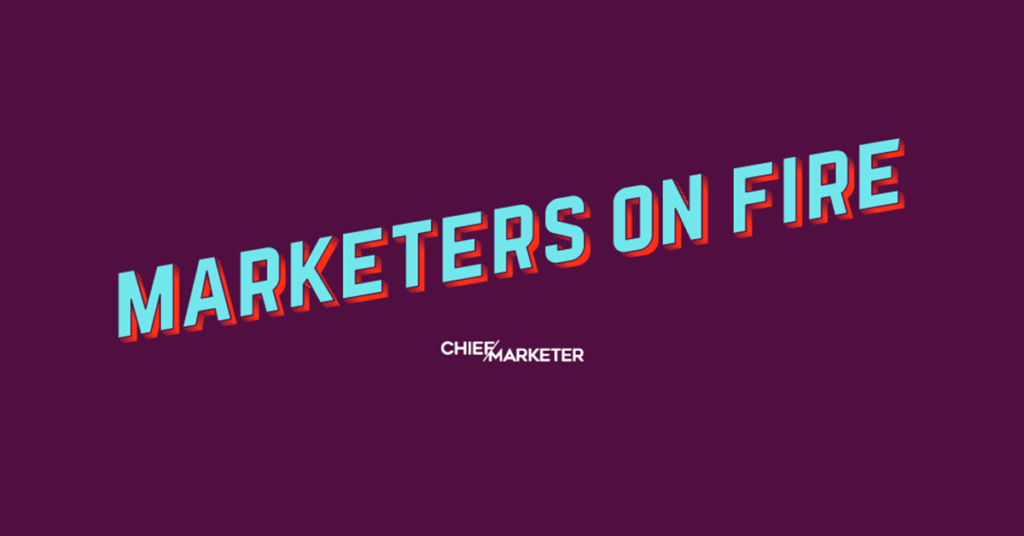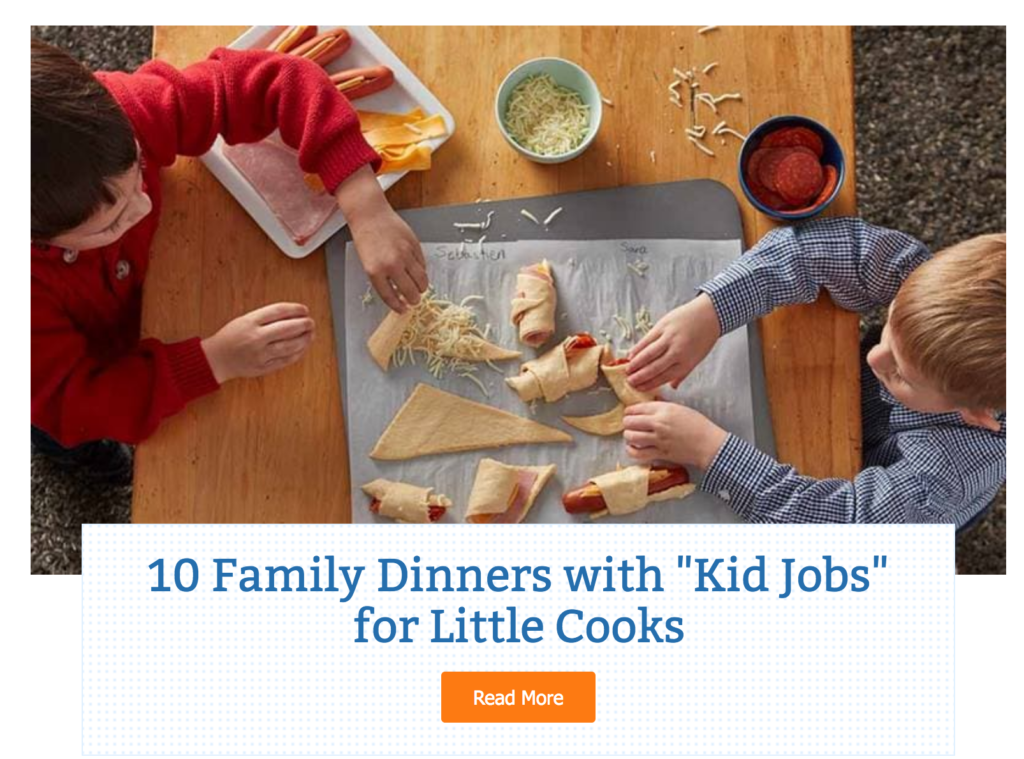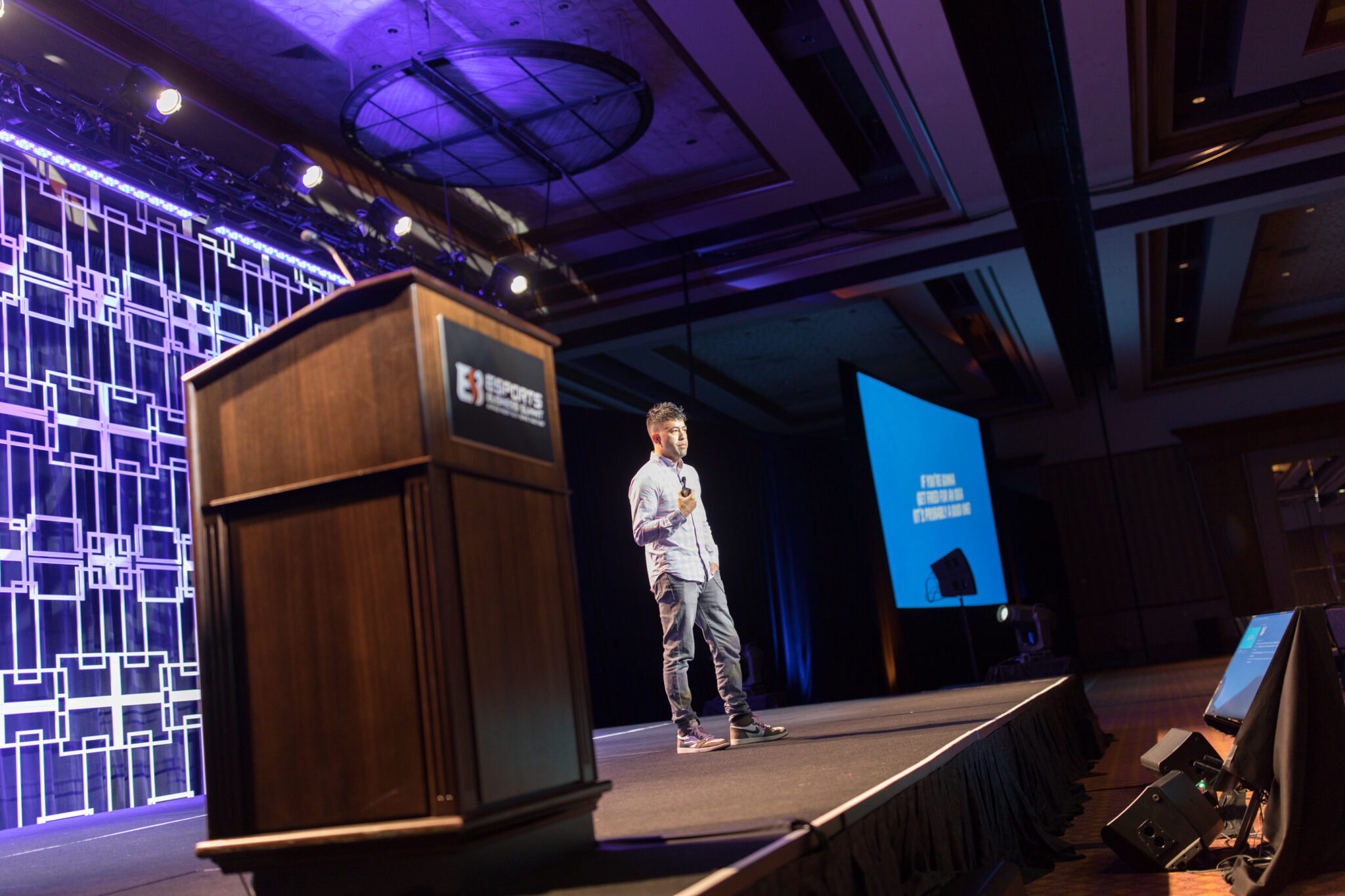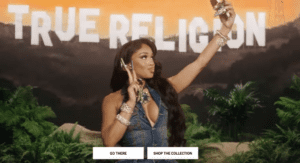 Our monthly profile of an outstanding marketer whose leadership and campaigns are moving the needle for their brand.
Our monthly profile of an outstanding marketer whose leadership and campaigns are moving the needle for their brand.
—
The COVID-19 pandemic has drastically upended the global marketplace, leaving almost no brand untouched. Some businesses are struggling to simply stay afloat, while others are finding themselves particularly useful to consumers in this moment. A brand that falls into the latter category is CPG manufacturer, General Mills.
Of course, it’s not exactly business as usual at the company. Though its brands tend to benefit from sales during recessions, General Mills has shifted its primary focus toward ensuring the safety of its plant employees and maintaining a reliable food supply chain.
From a marketing standpoint, the COVID-19 crisis has pushed the company more rapidly in a direction it was already headed, according to Brad Hiranaga, Chief Brand Officer, North America for General Mills. And that’s centered around providing value.

“It accelerated the focus of trying to solve consumer problems in a way that allows us to create solutions and give people value during that exchange with them, whether through a product they buy, through content that they watch or through an experience they have with one of the brands,” he says.
Following is a deep dive into Hiranaga’s marketing philosophy and strategies toward communications, content, channels and more—all with a human-centric, future-focused approach to building growth.
Marketing Communications
As many companies have done, General Mills immediately evaluated its marketing messaging to ensure it was appropriate during a crisis. “Most of our commercialization work and activation work shifted right away, because we saw that our messaging that was relevant six weeks ago was no longer relevant,” Hiranaga says. “What people really needed was much more basic than that.” It required understanding consumers’ immediate needs, ensuring they have access to food and providing solutions—such as ideas on how to stretch their pantries when preparing food at home far more often than they’re used to.

Take Pillsbury, which shifted from content themed around Easter gatherings to tips using the brand’s products to make food at home, budget-friendly meals, recipes that are fun to try with the whole family and teaching kids how to bake. The content type ranges from inspiration to utility, Hiranaga says. “Some things bring joy and deliver those moments when your families are spending a lot more time together. But there’s also more realistic, useful things that are about leveraging what you have.”
Betty Crocker also pivoted its content strategy, in this case toward younger millennials and Gen Z consumers living on their own for the first time and possibly lacking cooking skills. “Some people didn’t grow up learning how to cook or to bake. So, for some of them, this is the first education,” Hiranaga says. “We provide useful, practical and inspirational how-to’s.”
Another example is General Mills’ French-inspired Yoplait yogurt product which comes in glass jars that can be used for crafts. “We’ve been able to pivot that content to give people ideas about things that they can do at home when they’re looking to fill the time with more creativity. Those types of content streams have been a big push we’ve made over the last few weeks,” he says.
Adapting Channels
From a production standpoint, General Mills—like so many other brands—has had to improvise. Live action shoots aren’t an option, so the brands are “getting scrappy,” repurposing content and using animation. In terms of channels, the content shifts are occurring across social media, broadcast TV, the brands’ owned media platforms, such as Pillsbury.com and BettyCrocker.com, and—most significantly—through ecommerce and shopper marketing.
Hiranaga sees ecommerce as a huge opportunity for General Mills not only in this moment, but also after the COVID-19 crisis has passed. “There’s a lot of opportunity for us to partner with retailers to ensure that they have that content as well. A lot of people are filling their baskets for the first time while buying online,” he says. “We’ve shifted more of our focus down funnel into those types of media and placement streams because we know that people are looking for ideas and they’re ready to purchase.”
The brands’ ecommerce business has been steadily growing over the years. But Hiranaga predicts some of the online purchase behavior happening right now will stick to a certain degree after the crisis abates. “It’s understanding not only from a budget perspective but from a resources perspective, from a structural perspective, from how we create marketing content ideas, from a channel perspective—all of that stuff is going to be shifted,” he says. “Over the last couple months we’ve been making more tactical shifts, but when I look out over the next year plus, it’s more strategic shifts: setting ourselves up to be a lot more aggressive in those channels and be more proactive as behavior shifts faster than we’ve ever seen it shift before.”
Brand Building Continues
Modifications to content, budget allocations and channels have occurred in response to the new marketing landscape. But General Mills decided early on that brand building would continue during the crisis. “We made a choice right out of the gate that we didn’t want to reduce our consumer spending,” Hiranaga says. “We wanted to continue to build our brands because our belief is that this is short-term equity that we’re building. And we build our brands for the long haul…We’re not taking our eye off the prize and reducing our spending.”
Hiranaga admits that being a CPG company that’s focused on delivering food with convenience, access and affordability is a fortunate position to be in right now. “Our role is to make sure that we can deliver food and lead through this, and so that’s where we put our focus on.” Company-wide, the brand’s current purpose is to “serve the future food the world needs,” he says. “That’s been a rallying cry internally for us because it’s put it most of our focus on getting food made in our plants and distributed out to our customers so that they can get it to consumers.” It’s helped employees feel as if they’re having some impact in the overall improvement of society during the crisis.
For instance, the business is offering corporate employees the opportunity to work in the manufacturing facilities. It’s providing daily bonuses to plant employees working on site for at least four weeks from the start of April, offering two weeks paid leave and providing flexible work schedules in order to address child care concerns. The company is also giving grants to food banks and has implemented an employee charitable gift matching program.
Gaming and Esports
Esports is an area that some General Mills brands have capitalized on in recent years, specifically Reese’s Puffs, Chex Mix and Totino’s. The latter, whose aspiration is to be the official snack of gaming, has enjoyed the most success. The strategy for each is built on mutually-beneficial partnerships that deliver value for gamers. “Our strategy from the start was to enter that space with a lot of empathy and in a learning mindset in order to figure out the place that we can add value. We didn’t want to come in there and, to use a gamer term, ‘shotgun spray’ our brand all over the place,” Hiranaga says. The potential for this crowd to call out brands on their lack of authenticity is higher than in other industries. So, it’s critical that brands are additive to the gaming experience rather than distracting.
Brand involvement began with gaming titles, such as Call of Duty and Assassin’s Creed, and then extended into platforms like Xbox and PlayStation to get a feel for those ecosystems. Last year, Totino’s went deeper with sponsoring two 100 Thieves esports teams and began co-creating content with them.

The key is to keep tabs on the industry since it’s one that evolves incredibly quickly. “We have a decent handle on the ecosystem, but it’s so vast and it changes so frequently. To be the official snack of gaming you need to stay pretty tight with what’s changing and how you can add value there,” he says.
Hiranaga anticipates that brands will have to experiment with more ways to provide content for gamers, particularly in the absence of live sports events. Broadcasters like ESPN are offering more gaming content, for instance, and brands like BMW are ramping up their esports investments. “The interest and desire for people to show up in this space isn’t going to change. But you can see gaming being an even being a bigger part of the entertainment pie,” he says. “It’s going to continue to grow, so we’re going to have to continue to experiment to stay a part of it.”
Consumer Engagement Redefined
As the marketing world grapples with the absence of face-to-face interactions with consumers, engagement strategies are evolving by necessity. Hiranaga’s team is now hyper-focused on understanding people’s basic needs and then trying to solve problems related to them. “Understanding our consumers at a deep, empathetic, cultural level is going to be first and foremost on our list,” he says.
He also predicts that the marketing industry will continue to “do good” for society after the COVID-19 crisis is over. “I’m excited to see how that becomes a bigger part of how we go to market. Not just in our communication, but in our products, our packaging, our partnerships with customers. That ‘for good’ is going to be a big part of my job and a big part of how brands are going to operate in the future,” he says. Indeed, from converting factory operations for the production of personal protective equipment for health care workers to creating meal programs for students, brands are rising to the occasion. “They say that in these crises, in these moments, brands are defined by how they show up… My hope is that what this crisis will teach us is, that’s how brands should always show up.”
Human-Centric and Future-Focused
Hiranaga and the General Mills leadership team take a human-centric approach to marketing—a philosophy that has only proven more valuable during this period of remote work. “It sounds very basic and simple, but the idea of being a human leader in a world that’s becoming more tech-driven, more fast-paced and more transactional is critical in differentiating leadership ability.” He asks marketers to apply the philosophy to the way they think about their brands, too. “We are serving people food. It’s the most intimate relationship you can have with a product because you’re putting it into your body your family’s bodies. That, to me, is a foundational element. You need to lead and you need to lead as a human being first.”
Secondly, Hiranaga supports an “and” mindset among his team, which means understanding that any problem has multiple solutions and that combining different options can sometimes result in the best option. The method supports more experimentation and drives the marketing process forward. “You have a lot of people who are used to traditional marketing or are only ROI-driven and for the short-term. Our philosophy is, we’ve got to deliver the short-term, but we also have to deliver the long-term. We have to deliver the analytics, but we also have to have the creativity. So, it’s how you do both of those things and bring that mindset to the table.”
Lastly, Hiranaga is passionate about marketers being focused on the future. “Marketing leading where the future is going gives it the best chance of success, to future-proof itself, and to get out ahead of its competition and lead the industry,” he says. He believes it’s marketing’s role to hunt for growth, trends and shifts, and in doing so, drive the rest of the organization toward change. “That’s what marketing’s role is. How do we go get growth, and where is it coming from? Not just how do we do communications or how do we do advertising. That’s basic stuff that all marketers need to be able to do. But growth—and hunting for growth—is fundamentally what our role is in our company.”
Mind you, establishing change in a 163-year-old company like General Mills is no small task. Hiranaga’s approach entails building a network of connections at all levels of the organization, across functions and brands. “Having different points of view, whether it’s somewhere in supply chain or in finance or on a different brand, is important to create networks across the company where you can build momentum towards a common goal,” he says. Those connections allow for a level of experimentation by creating pockets of innovation within the company that can potentially link together with a common vision.
The critical component, he stresses, is connecting the dots so that team members are able to see how they’re able to drive change forward. “The kind of marketing they’re doing, the kind of team they have in place, the way they’re talking about building their brands, is in line with where we think the future’s going. As we’re gaining that momentum, then it’s about starting to bring together the top people at the organization to see it,” he says.
Moving forward, Hiranaga believes creating value for people should be brands’ number one concern. “The days in which we’re creating marketing for marketing’s sake are gone. We don’t have the luxury of that, and people don’t have time for that anymore.” And when things do get back to “normal,” in whatever form that might be, he doesn’t believe that type of marketing will be successful or drive brand growth. “I think it’s going to be back to what it’s always been in some ways: finding an insight and a problem to solve and doing it in a remarkable, relevant, useful way for people.”
While these are challenging times for the marketing industry, Hiranaga sees the COVID-19 crisis as an opportunity for marketers to examine their roles, what they are creating and what is truly valuable about their brands. “This is an opportunity for us to assess. We can have an impact on our companies, our employees and our consumers—and also on society. And that, to me, is massively inspiring.”
Editor’s Note: Don’t miss Hiranaga’s keynote at the Experiential Marketing Summit, co-locating with Esports Business Summit, Oct. 19-21, at Caesars Palace Las Vegas.





 Network
Network

